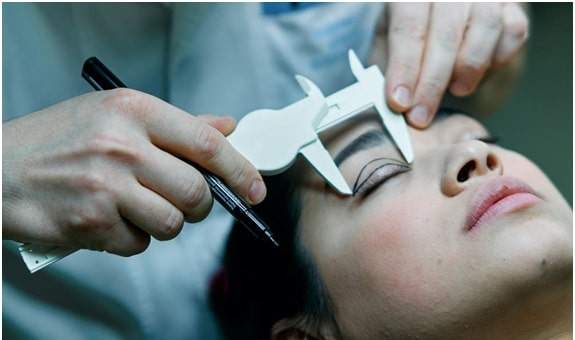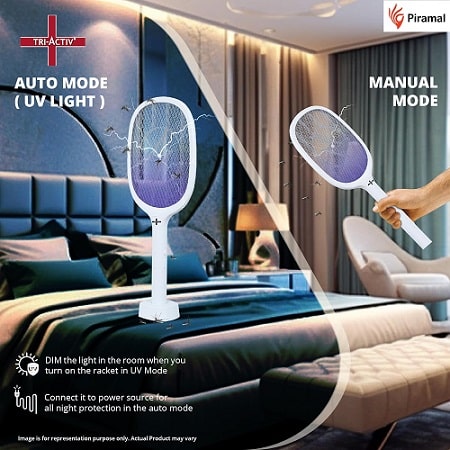Facial plastic surgery is commonly thought to be a strictly modern practice, employing cutting technology and scientific knowledge for only the highest paying celebrities who want to look beautiful.
The truth is, plastic surgery has been around for much longer than we give it credit for, and its uses extend far beyond the strictly cosmetic. One good example of functional facial plastics is facial reconstructive surgery; necessary to restore damaged facial tissue, like from fractured bones or burns.
Today there are also many non-surgical procedures, most of which are cosmetic in nature. And so facial treatments, whether big or small, are for just celebrities anymore.
More than ever these days both men and women are turning to medicine to give their good looks the edge they’ve always wanted.
Ancient Origins
The first documentation of facial plastic surgery was found in the book Sashruta Samhita from ancient India between 800 and 600 BCE. It detailed a method of transplanting skin grafts to reconstruct the face. Please visit https://artsandculture.google.com/story/susruta-samhita-ancient-indian-surgical-knowledge-national-council-of-science-museums/RQWxx4LRDmyVKA?hl=en for a deeper look at this ancient text.
Fast forward in history to the Romans, whose soldiers dressed and treated wounds on the battlefield, also had reconstructive methods for removing scars and repairing damaged ears.
Freed slaves and noblewoman, respectively, would have these same two procedures done for cosmetic/social purposes. This was as early as 100 BCE and the first known example of cosmetic facial surgery from the western world. Then the first recorded rhinoplasty was much later, circa 1000 AD.
Into the Modern Age
By the middle ages, transplanting human skin from one region to another was a practice thousands of years old. But the Shashrutawould soon make an appearance in the enlightenment period of western thought (18th and 19th centuries), this time inspiring the most recent revival of facial plastics studies.
America’s own first plastic surgeon was a man named Dr. John Peter Metthauer, b. 1787, the first to repair the first cleft palate. But it wasn’t until World War I that research into plastic surgery exploded like never before.
The surviving soldiers often came home with limbs or bits of their faces blown off, motivating science towards mastering full service to every part of the face since every part is damageable.
Functionality Precedes Beauty
So it seems, that facial plastic surgery was invented primarily out of the need restore a person’s looks rather than augment them, just as most of the knowledge we have for the latter comes from breakthroughs made while studying the former.
It should be obvious by now in the most timeless sense that the ability of science to manipulate one’s features is most universally vital to humans.
Not only because humans enjoy going to war and taking chunks out of each others’ flesh. Accidents also occur, and not just human ones; birth defects like cleft lips and cleft palates have also been around longer than the modern means to deal with them.
Most Popular Anti-Aging Surgeries
As stated before, there are many types of surgical and non-surgical cosmetic procedures a patient can have done for their face. Today’s most popular surgical procedures, listed on this page, are those intending anti-ageing effects.
Taking first place is the facelift, or Rhytidectomy, where excess skin is removed behind the hairline and the ear in order to tighten the skin lower down on the patient’s face.
The desired effect is reduced wrinkling caused by the drooping of the facial skin, creating a fresh ‘lifted’ look. Blepharoplasty or eyelid restoration is the second most popular cosmetic facial surgery and is also intended to reduce the effects of aging.
Solely For Beauty’s Sake
Then there are procedural techniques honed by medicine solely for the sake of augmenting one’s beauty, whether the desired effect is feminine or masculine. The nose, being very central to the face and therefore very dear to expression, is also chosen for operation by many.
A Rhinoplasty patient therefore intends to improve the brevity or refine the existing nuances of their nose through surgical means. A typical ‘nose job’ is also sometimes seen in tandem with refining/redefining the contours of the chin for a firmer or more balanced look.
The chin and the cheeks can both receive implants, possibly giving the patient a fuller more defined appearance, or again bringing balance to their face.
Who Offers These Procedures?
The studies and procedures written by today’s cosmetic facial surgeons exist as a voluminous, rushing river emptying into a vast ocean of like research from times gone by. Whether you are a researcher or practitioner of the subject, you stand to make quite a bit of money.
In fact, the Cosmetic Surgery Industry was worth about 67 Billion USD in 2021. That’s why at Plastic Surgery Fort Wayne professionals like Dr. Diepenbrock are tirelessly providing lectures and publications on the subject.
You’ll find titles like Autologous Fat Transfer for Maxillofacial Reconstructionor Brow Lifts and How to Reverse Them When Gone(both p. 2018), and it becomes clear right away that those upbeat individuals leading the industry are quickly honing in on the needs of the consumer.
Read: 10 Ways to Improve Your Skin Quality
What are these “Non-Surgicals”?
Non-surgical cosmetic facial treatments are likely more publically renown than those that involve surgery and therefore are less accessible to the average consumer.
They include Botox injections, lip injections and fillers, amicro needling, where pockmarked skin or even wrinkles are filled in through a chemical stimulation technique.
The wider variety and depth of the different available treatments is truly remarkable. Remember, you don’t have to need to permanently change your features through surgery to knock years off your appearance or sharpen your already great looks.
Shop Now:


